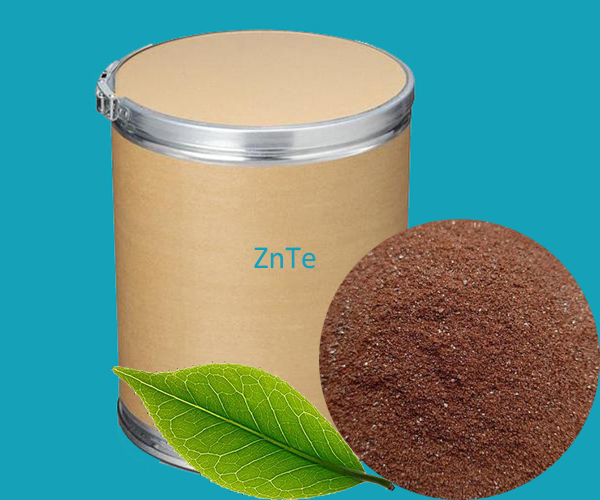Zinc telluride (ZnTe) is a semiconductor material composed of two elements, zinc and tellurium. It has the semiconductor property of a direct bandgap with a bandgap of about 2.1 eV, which allows it to absorb light from ultraviolet to blue regions in the spectrum. Zinc telluride has a high absorption coefficient, so it is being studied for the manufacture of optoelectronic devices such as thin-film solar cells, photodetectors, and light-emitting diodes.
Here are some of the main uses of zinc telluride:
1. Photodetectors and sensors: The semiconducting properties of zinc telluride make it suitable for the manufacture of photodetectors, which can be used to monitor and analyze light in the range from ultraviolet to near-infrared. They have applications in fields such as laser ranging, environmental monitoring, medical imaging, and military reconnaissance.
2. Light-emitting diodes and laser diodes: Zinc telluride can be used to make light-emitting devices, such as LEDs and laser diodes, which have applications in areas such as lighting, display technology, and communications.
3. Solar cells: The direct bandgap and high absorption coefficient of zinc telluride make it a candidate material for the absorber layer of solar cells. It can absorb light in the ultraviolet and blue regions of the solar spectrum, so it can be used in specific types of photovoltaic devices.
4. Electronic materials and devices: Zinc telluride can be used in the research and development of various electronic materials and devices, including transistors, field-effect transistors, and other semiconductor devices.
5. Materials Science Research: Due to its semiconducting properties, zinc telluride is used as a model system for materials science research to study electron transport, surface science, and interface phenomena.
6. Infrared window material: Zinc telluride has good infrared transmission performance, so it can be used as an infrared window material for infrared detectors and optical systems.
 English
English Español
Español Português
Português Français
Français Deutsch
Deutsch Русский
Русский 中文
中文 日本語
日本語
